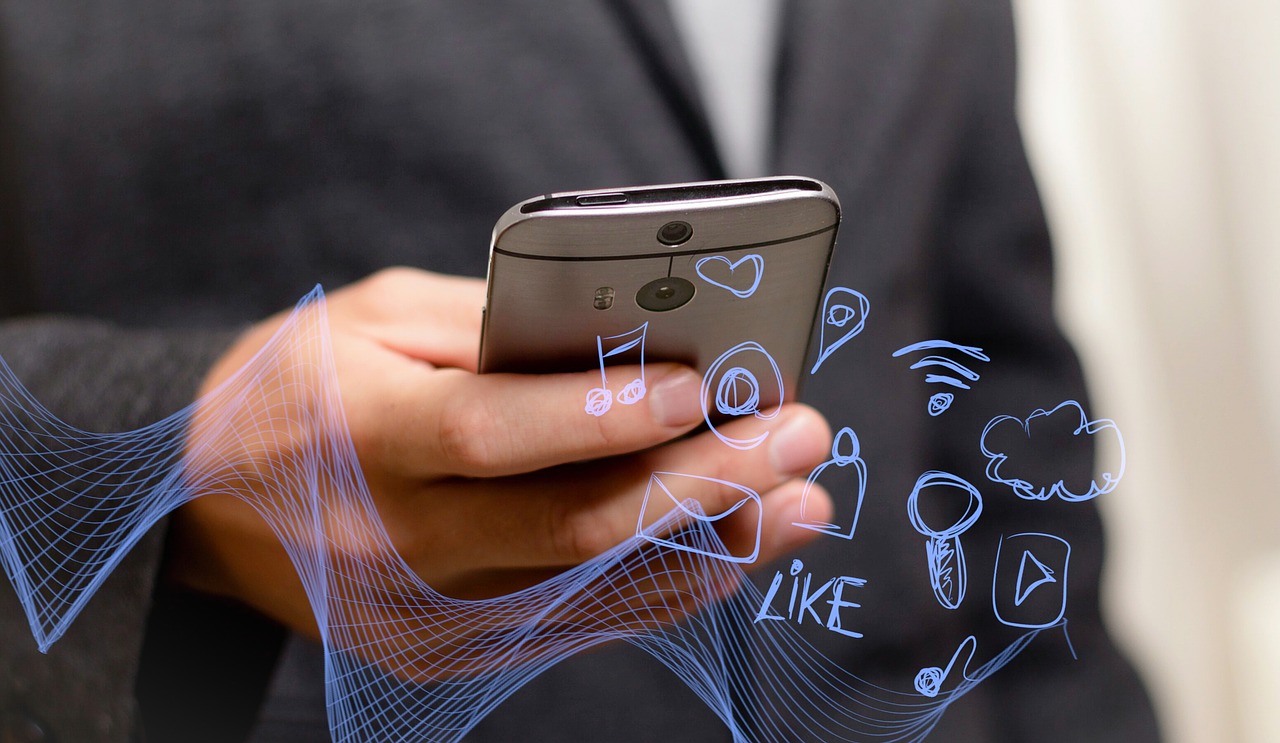Remember when you had to visit a bank personally to make money transfers or find out about your bank balance? Fortunately, internet banking and mobile banking apps came into existence and dispensed the requirement of visiting a branch for basic banking transactions. Banking has evolved further with conversational AI (chatbots powered by artificial intelligence technology), making it possible for each banking customer to have their own financial assistant.
For instance, one of the early adopters of this technology, Bank of America, has deployed Erica, an AI-powered chatbot that helps customers carry out day-to-day banking operations. You can ask Erica for your bank balance information, pay bills, transfer money and even seek personalized budgeting suggestions based on your spending.
Great, isn’t it? But conversational technology has evolved even further. Chatbots are venturing into domains primarily reserved for humans, like psychology. One example is Replika, an AI-based friend that listens to you without being judgmental of your feelings and emotions. Just going by the reviews on the site, it is clear how grateful people worldwide feel about having a non-judgmental friend who’s there to listen to them and converse whenever they need.
Another example is Woebot, a chat assistant designed to boost your mood. You can have a conversation with Woebot to discuss your troubles and emotions. In return, you can expect some empathy and psychological coaching to feel better instantly. The bot uses the principles of cognitive-behavioral therapy (CBT) that encourages users to examine their responses to challenging solutions.
Basic Chatbots Vs. Conversational AI
A chatbot is software that’s designed to mimic human conversations. It operates without direct human supervision and can automate conversations on various voice or text channels, like websites, messenger apps, call center systems, etc.
Typically, chatbots can lead conversations as per pre-designed dialogue flows to achieve set objectives. For instance, they can answer simple questions, collect lead information, and even pre-qualify leads. Basic chatbots, however, don’t understand your queries contextually. Instead, they push set phrases by seeking possible replies (that are pre-set) within a chat window.
There are also rule-based bots that work on basic Natural Language Understanding engines with pre-defined grammar systems. Such bots also don’t understand the meaning of conversations, but they can detect previously tagged word sequences for a more natural experience. Such bots can be employed for pre-qualifying leads, answering repetitive customer support queries, and tagging user feedback according to pre-determined keywords.
Conversational AI also refers to a type of chatbot, an advanced system using deep learning technology to comprehend the meaning of words and phrases and reply accordingly. Such chatbots can mimic human conversations and even replace humans to an extent when trained using a large enough dataset of natural conversations in any particular industry.
Personalization in AI
Humans tend to anthropomorphize. That’s the reason why we often talk to our cars or stuffed animals and give names to buildings, cars, and toys. The same concept applies to chatbots. Once given a name and personality, users associate better with a chatbot and come to associate it with the creator’s brand or organisation. Besides, the purpose of bots is to facilitate communication, and you can personalize the experience by giving your bot a human-like personality. But how do you go about building a chatbot’s personality or humanizing software? Here are some tips to get you started:
1. Ascertain Your Target Audience
Have you defined your customer segments – the ones that will interact with your chatbot –Your chatbot persona must be based on these customers with whom the chatbot is likely to interact. For instance, if you are selling make-up to young girls, a chatbot with the personality of an older man is not going to cut it.
2. Give it Your Brand’s Voice
How do you want users to perceive your brand? Your chatbot is an extension of your brand, and it must reflect the same values and characteristics.
3. What Is The Job Of Your Bot?
What type of human role is your bot going to simulate? For instance, you won’t seek baking tips from your Mathematics teacher, who doesn’t even know how to cook. Determining your bot’s purpose will help you train it better and create the kind of experience users expect from it.
4. Assign a Personality To Your Bot
Assigning a personality to your bot is essentially a psychological function. Two types of psychological model can be used for this purpose. One is the Myers-Briggs personality type, and the other is the Five-Factor Model.
a. Myers-Briggs Method
The Myers-Briggs method can be used to ascertain the strengths, weaknesses, interests, likes, and dislikes of a person, which can help in defining your bot’s behavior. For instance, behaviors like intonation, body language, and friendliness can be determined, which can guide designers on the type of phrases a certain personality is likely to use, how often they would use emojis in a conversation, or how they would deal with an irritated customer. You may also match your bot’s personality type with the list of recommended jobs for each personality as prescribed by the Myers-Briggs method to ensure you are working in the right direction.
b. Five-Factor Model
Under this model, every personality is a combination of five basic dimensions: extraversion, agreeableness, openness, conscientiousness, and neuroticism.
So, an individual might score low on a certain factor and high on another. For instance, if one scores low on agreeableness, it doesn’t mean that the trait is missing, but the individual might be more confrontational in nature. When designing your bot, you must consider how your bot will score in each of the five outlined factors. This score eventually determines your bot’s behavior in different situations. What this means is that your bot will respond differently to the same question if you change the score in any of the five parameters.
You may even try an innovative model wherein you create multiple personality spectrums based on known personalities and pick up desirable attributes to build your bot’s personality. Additionally, factors like tone, gender, and cultural influences may also be considered, especially while building voice-based assistants or bots.
Conversational AI in Business
Organizations can use conversational AI to provide personalized experiences and build relationships with customers. For instance, you can use a conversational chatbot to make it easier for customers to find information and personalized content, products, and recommendations. Introducing chatbots for customer and employee support can also reduce costs and improve their experience through real-time support.
However, as chatbots become common, you need to devote more time and thought to create a unique personality for your chatbot that resonates with users and ensures high engagement. Start by understanding your brand’s voice and target audience to create a bot that automates your brand experience without taking away the ‘human’ element from it.





One response to “Conversational AI and Psychology: Personalised Automated Brand Interactions”
[…] Source : https://thechatbot.net/ai-psychology/ […]